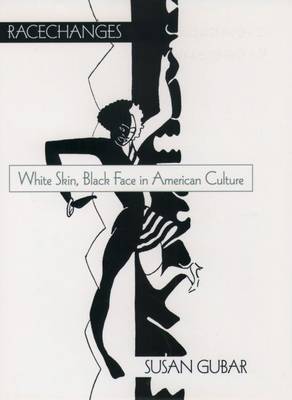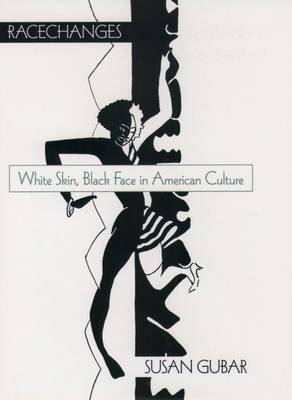
- Retrait gratuit dans votre magasin Club
- 7.000.000 titres dans notre catalogue
- Payer en toute sécurité
- Toujours un magasin près de chez vous
- Retrait gratuit dans votre magasin Club
- 7.000.0000 titres dans notre catalogue
- Payer en toute sécurité
- Toujours un magasin près de chez vous
Racechanges
White Skin, Black Face in American Culture
Susan (Distinguished Professor, Department of English, Distingui
66,95 €
+ 133 points
Format
Description
This text examines racial impersonations in modern American film, fiction, poetry, painting, photography and journalism. The author shows how the white popular imagination has evolved through a series of oppositional identities that are dependent on the idea of black others.
Spécifications
Parties prenantes
- Auteur(s) :
- Editeur:
Contenu
- Nombre de pages :
- 356
- Collection :
Caractéristiques
- EAN:
- 9780195110029
- Date de parution :
- 09-10-97
- Format:
- Livre relié
- Dimensions :
- 164 mm x 241 mm
- Poids :
- 634 g

Les avis
Nous publions uniquement les avis qui respectent les conditions requises. Consultez nos conditions pour les avis.






